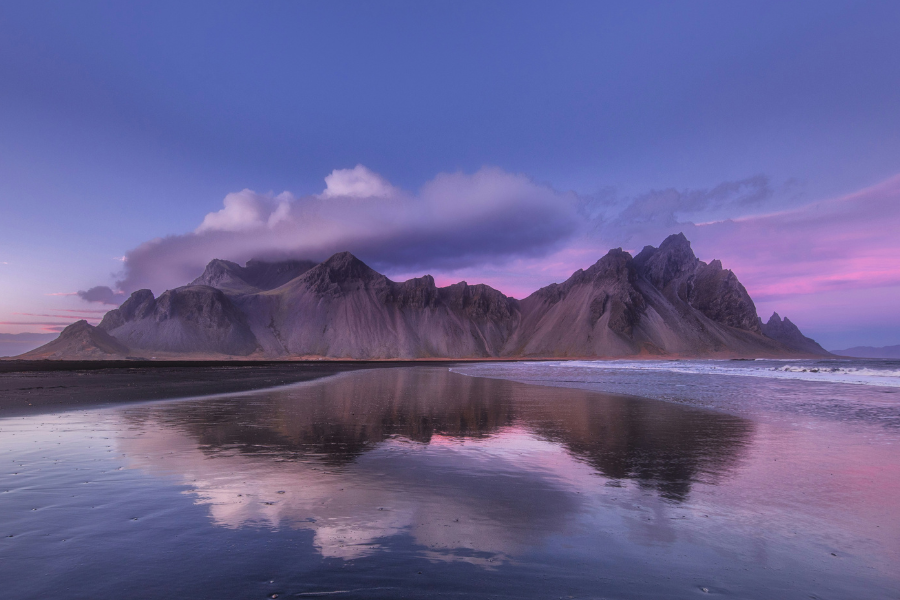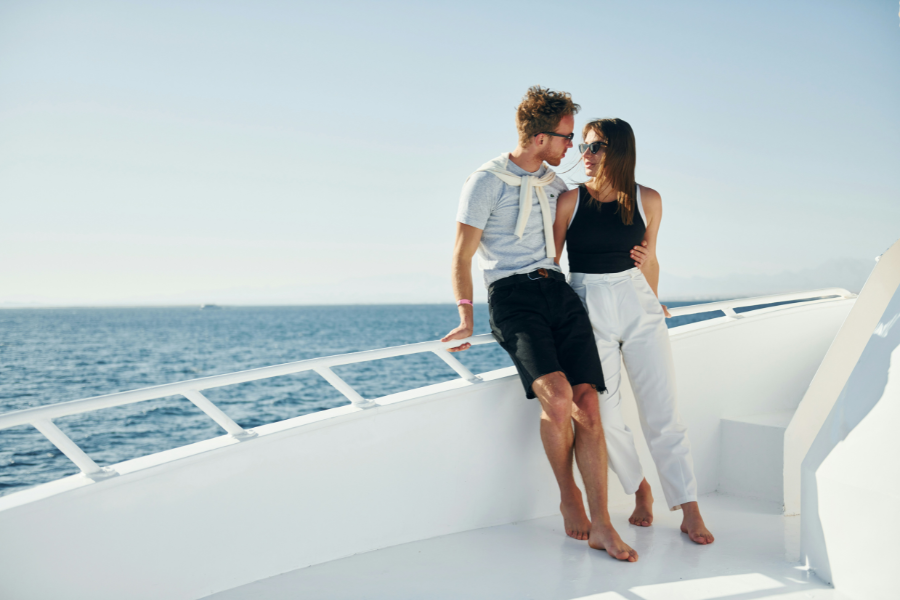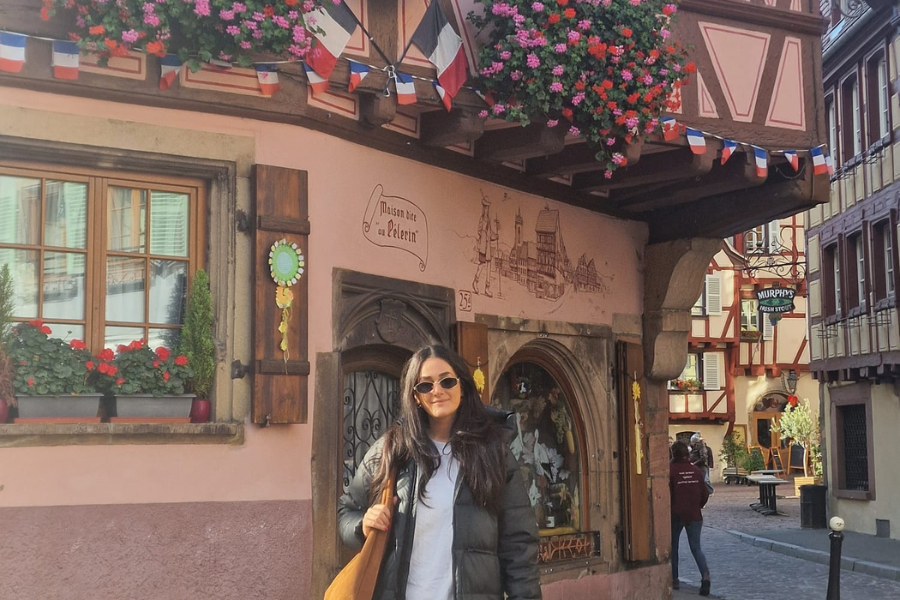
Best Time To Travel To Iceland On An Expedition Cruise
If directors want to shoot a sci-fi film involving interstellar planetary landscapes, they shoot in Iceland. Oblivion, Interstellar, and Star Wars: The Force Awakens were all filmed here. Not only are the landscapes simply breathtaking, but you also have natural phenomena like summer’s endless daylight, winter’s long night, and the Northern Lights.
While it’s absolutely possible to explore it by land, expedition cruises offer a completely unique perspective, giving travellers the chance to circle the entire island, reach remote fishing villages and sail past staggering sea cliffs.
But when is the best time to travel to Iceland on an expedition cruise? The short answer: between May and September, when the weather is mildest and conditions at sea are most favourable. The long answer? It depends on what you want to see.
Here’s everything you need to know.

Iceland’s Expedition Cruise Season
Expedition cruises to Iceland typically operate from late May to early September, when ports are accessible and seas are navigable. Remember, you’re sailing pretty close to the Arctic Circle here. These cruises usually follow a full circumnavigation route or focus on the more remote and dramatic coastlines in the north and west, such as the Westfjords, Grímsey, or Hornstrandir Nature Reserve.
Vessels are small and nimble, often carrying between 50 and 200 guests, with onboard experts, many of whom are Icelandic, leading Zodiac landings, hiking excursions, and wildlife-spotting trips. Unlike large cruise ships that visit only Reykjavík or Akureyri, expedition cruises offer access to less-visited, culturally rich communities and off-grid nature reserves.

May to Early June – Shoulder Season & Spring Awakening
The cruise season begins in late May, when the snow has melted from most coastal areas and the days start to stretch well into the night. While temperatures can still be cool, the island bursts into life as birds begin nesting and flora starts to bloom. Just remember to bring a down jacket.
What to expect:
-
Crisp, cool weather (6–12°C)
-
Fewer tourists and excellent photography conditions
-
Puffins begin arriving (especially in the Westman Islands and Látrabjarg cliffs)
-
Whales become increasingly active in coastal waters
-
Waterfalls at peak flow due to snowmelt
Who it’s for: Nature lovers, birdwatchers, and those seeking quieter sailings before the summer crowds arrive.

Mid-June to August – High Season & Midnight Sun
Whilst the mainland will be crowded during this period, you’re immune, in a sense, due to the limited capacities available onboard. You’ll see the island in all its glory, yet you can still retreat to the peace and calm of the ship.
One thing to bear in mind is that expedition ships during this time are typically sold out well in advance, and itineraries often include Iceland as part of longer Arctic voyages to Greenland or Svalbard.
What to expect:
-
Mild temperatures (10–15°C / 50–59°F) with occasional warmer days
-
Up to 21+ hours of daylight in the north
-
Peak wildlife season: puffins, whales, seals, and Arctic fox sightings
-
Ideal conditions for Zodiac landings, hiking, and glacier views
-
Lively local festivals in ports like Ísafjörður and Seyðisfjörður
Who it’s for: First-time visitors, families, and travellers wanting the most complete Icelandic experience with reliable weather.

September – Late Season & A Hint of Autumn
As summer fades, Iceland enters a quieter but still rewarding cruising window. While some ships finish their operations in late August, others extend into early to mid-September, offering a more tranquil and atmospheric journey.
What to expect:
-
Cooler days (6–10°C / 43–50°F) and longer nights
-
Autumn colours begin to transform the landscape
-
Whale sightings continue, especially in the north
-
Puffins begin migrating (some still visible early September)
-
Chance of seeing the Northern Lights on late-season sailings
Who it’s for: Those looking for dramatic skies, Autumn colours, fewer crowds, and potential aurora sightings from the deck.

Wildlife by Season: What You’ll See and When
-
Puffins: Arrive in May and stay through mid-August, nesting in sea cliffs and grassy burrows.
-
Whales: Peak sightings from June to August, with humpbacks, minkes, and even blue whales spotted in Skjálfandi Bay and the north coast.
-
Seals: Common year-round in certain areas like the Vatnsnes Peninsula.
-
Birdlife: A haven for seabirds all summer, including Arctic terns, guillemots, and eiders.
-
Northern Lights: Not visible during peak cruise season (due to long daylight hours), but possible in September on late-season sailings.
What Type of Cruises Visit Iceland?
Most expedition cruises to Iceland fall into three categories:
-
Full Iceland Circumnavigation Cruises (typically 9–12 nights)
These explore all coasts, visiting Reykjavík, Akureyri, Grimsey, the Westfjords, and southern glaciers, with time for Zodiac adventures and local culture. -
Iceland + Arctic Combination Cruises
Iceland is often a jumping-off point for itineraries that continue to Greenland, Svalbard, or the Canadian Arctic — great for those seeking more extreme polar experiences. -
Iceland & British Isles Cruises
Ideal for travellers combining Iceland’s volcanic beauty with historic ports in Scotland and Ireland.
When Is the Best Time Overall?
For most travellers, mid-June to mid-August strikes the perfect balance with warmer temperatures, full wildlife presence, and ideal conditions for shore landings and cruising. But if you're looking for something quieter and cooler, with a wilder feel, May and September can be just as magical.




